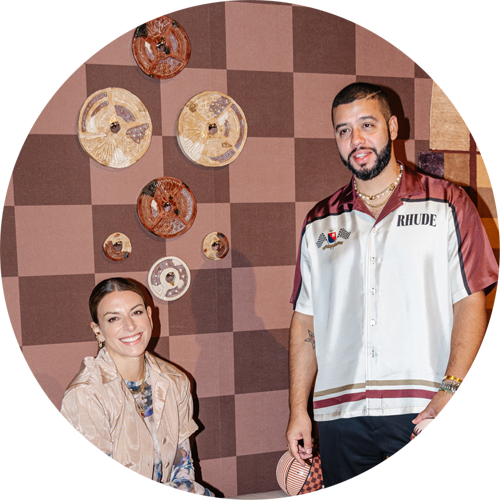There’s no single way to write an invoice when it comes to charging for design. Whether you get into the nitty-gritty line items or opt for a bigger-picture approach, every firm has their own way. That’s why we asked eight designers—Lauren Svenstrup, Layton Campbell, Swati Goorha, Bethany Adams, Sherrell Neal, Kristen Fiore, Monica Santayana and Ronald Alvarez—their tried-and-true methods for billing clients.

TRIAL AND ERROR
“We’ve had a lot of trial and error over the years, but currently, everything is sent digitally. We refer to invoices as retroactive, whereas a proposal or deposit request is sent with a personalized conversation via Zoom, phone call or a thorough description via email so the client knows what to expect and there is no sticker shock. We also never send proposals or invoices on Fridays, as we don’t want there to be any unanswered questions over the weekend, and we want to ensure we’re fully available to provide clarity on any questions.” —Lauren Svenstrup, Studio Sven, Chicago

UPFRONT
“Our design software generates invoices, and we email them to the client for approval and payment—I highly recommend an accounting software program dedicated to serving designers specifically. We also bill goods and materials in full, so nothing is ordered until payment has been made. JLI invoices balances for labor and services at the time of install, and payment is due upon completion.” —Layton Campbell, J Layton Interiors, Charlotte

THE POWER OF PAPERLESS
“We use Ivy [now Houzz Pro] for all our proposals and invoices. We are a paperless office, and all the invoices and proposals are sent through the software. This makes it very easy for the client to access when needed.” —Swati Goorha, Swati Goorha Designs, New Providence, New Jersey

PLATFORM PLAY
“I send invoices through Studio Designer for time billing and goods. Studio Designer is also our accounting software, so this keeps things nice and tidy for my bookkeeper. I’ll send invoices for consultations and deposits through Dubsado, which is a fantastic tool for managing the little one-off projects I don’t want mixed up in Studio Designer.” —Bethany Adams, Bethany Adams Interiors, Louisville, Kentucky

KEEP IT INTERACTIVE
“Our furniture proposals are itemized and grouped by room. We use an interactive portal system that allows clients to view and approve proposals and invoices for their project.” —Sherrell Neal, Sherrell Design Studio, Houston

IN ONE PLACE
“We use Ivy, a project management system that keeps all our clients’ information from products, invoices, purchase orders and room boards. Clients have full access to all published invoices, and these are sent electronically once the invoice is due. Product invoices are sent as soon as we procure items; if it is custom, we require a 60 percent deposit to initiate the purchase and final payment when the product is completed.” —Kristen Fiore, Kristen Elizabeth Design, Sacramento, California

TRUST THE TRANSPARENCY
“Over the years, we have learned that transparency makes our business run smoother. We provide our clients with all available details in our proposals. Every proposal is itemized; every item has details, photos, dimensions, description, materials, cost, shipping, taxes. We want our clients to make an informed decision and not have any doubt or uncertainty. Trust and transparency are key to us.” —Monica Santayana and Ronald Alvarez, Moniomi, Miami
Homepage image: A modern kitchen with metallic accents by Layton Campbell | Michael Hunter




























